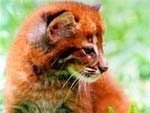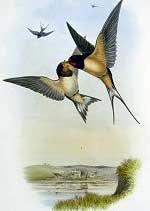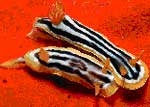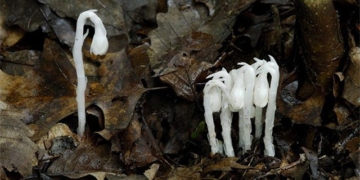Unlike the long, straight horns of its counterparts, a gemsbok in Kgalagadi Transfrontier Park has an unusually curved horn.
Pieter Venter encountered a gemsbok with an unusual appearance during a tour of Kgalagadi Transfrontier National Park, as reported by Latest Sightings on September 10. “On our way from the Mata Mata area to Tweerivieren, before the gate closed at 6 PM, we stopped at Houmoed Waterhole. It was the perfect time to enjoy the golden hour (the time just before sunset or just after sunrise), hoping to catch a glimpse of some wildlife,” Pieter recounted.
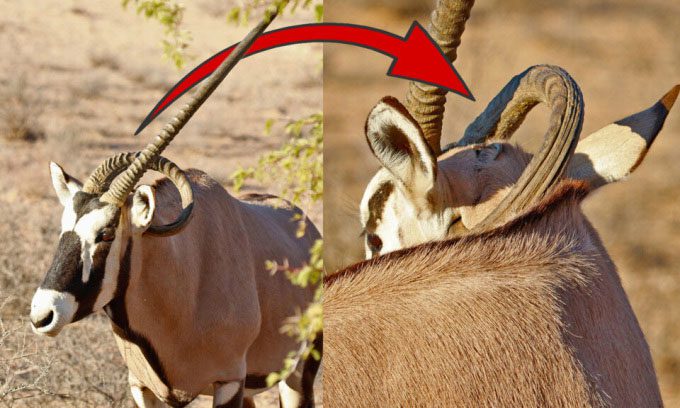
Gemsbok with a curved horn. (Photo: Latest Sightings).
At the waterhole, Pieter spotted a gemsbok. “At first, it looked like any other gemsbok. But upon closer inspection, we noticed something unusual – one of its horns was growing through its neck, and it was clearly in pain,” he shared.
The gemsbok (Oryx gazella), also known as the sword-horned oryx, is a species native to the arid regions of Africa. They have muscular necks and shoulders, and their legs resemble white stockings with a black patch on the front of both forelegs. They typically live in herds of 10 to 40 individuals and have a lifespan of about 20 years.
Both males and females possess a characteristic pair of long, straight horns. In males, the horns tend to be thicker with a larger base, while the horns of females are longer and slightly thinner.
Female gemsboks use their horns to protect themselves and their young from predators, while males primarily use their horns to defend territory against other males. These impressive horns, averaging up to 85 cm in length, are also the reason they are heavily hunted. Their horns can be crafted into horns.
For some reason, the gemsbok that Pieter encountered had one horn developing abnormally. Instead of growing straight, the horn was curved and piercing into the animal’s neck. “We wanted to help, but we knew we could not intervene in nature. Therefore, after careful consideration, we made the difficult decision to leave and continue our tour,” Pieter said.
“I wish I could do something to help the gemsbok. But sometimes, we have to let nature take its course and remember that every moment in the wild is a valuable lesson,” he shared.








































